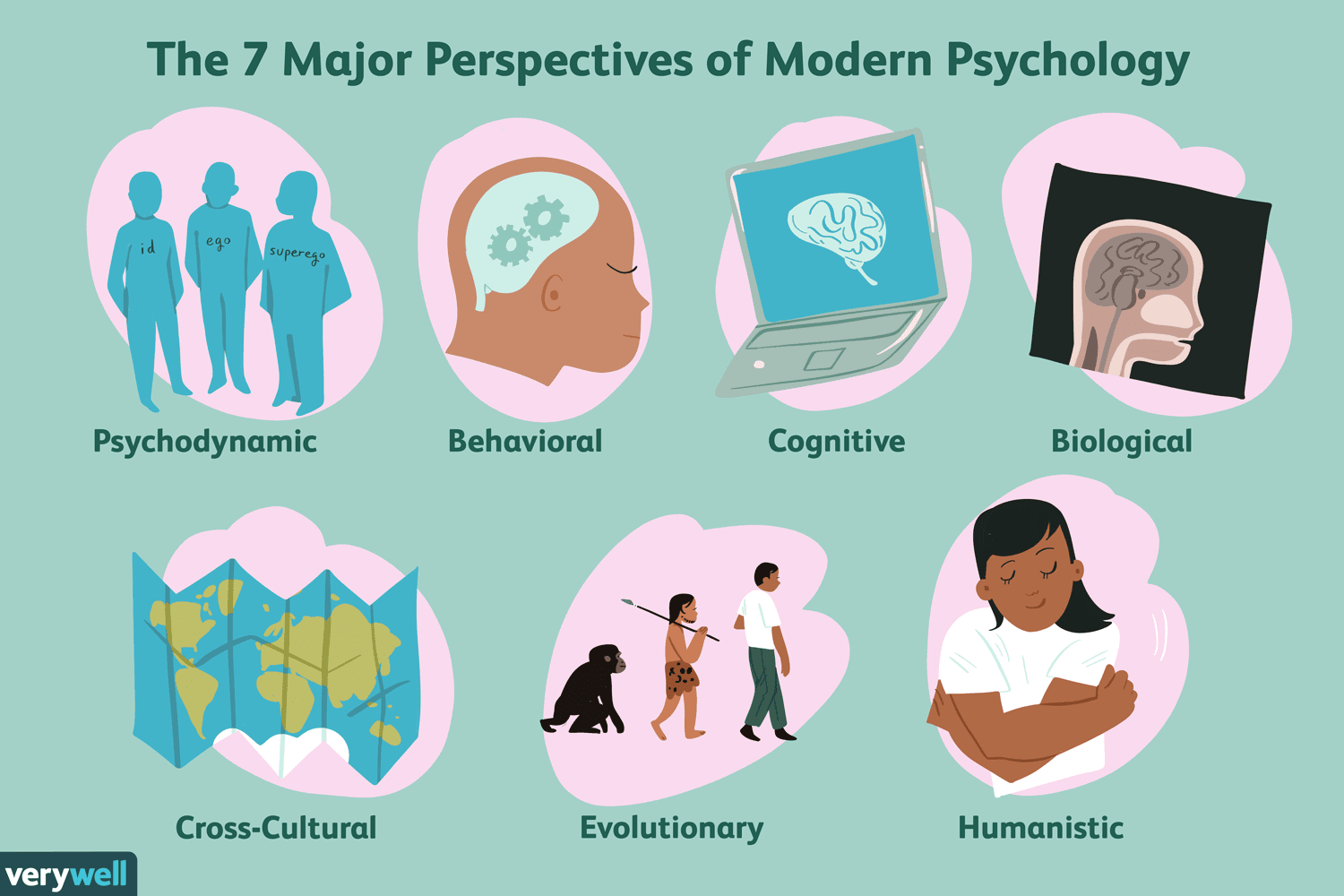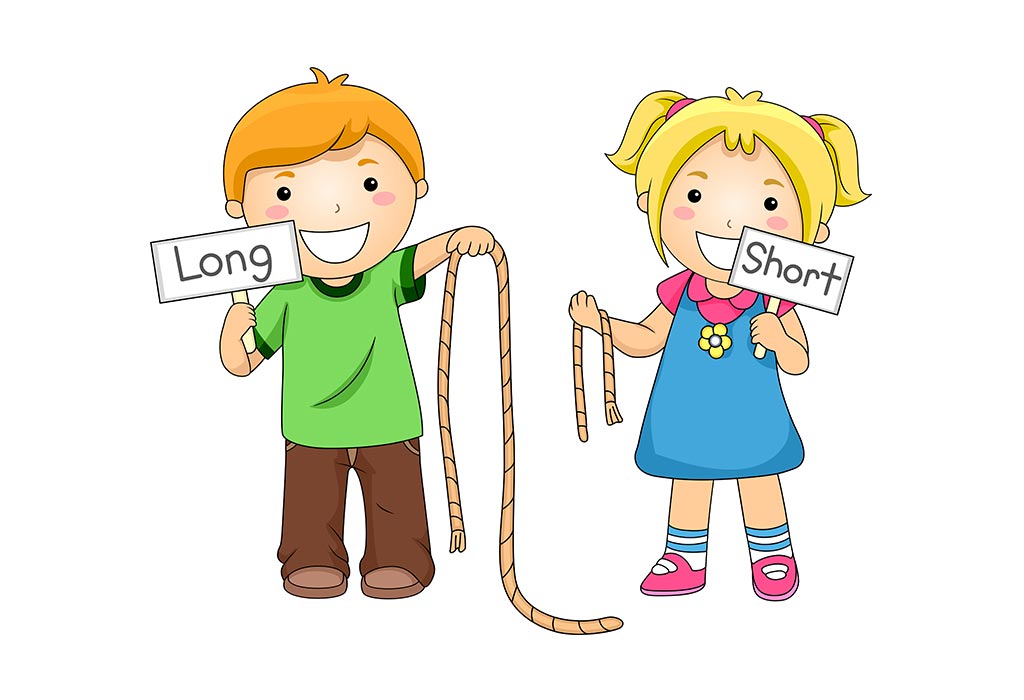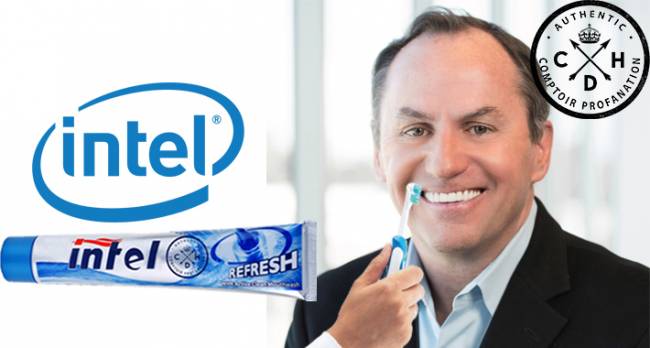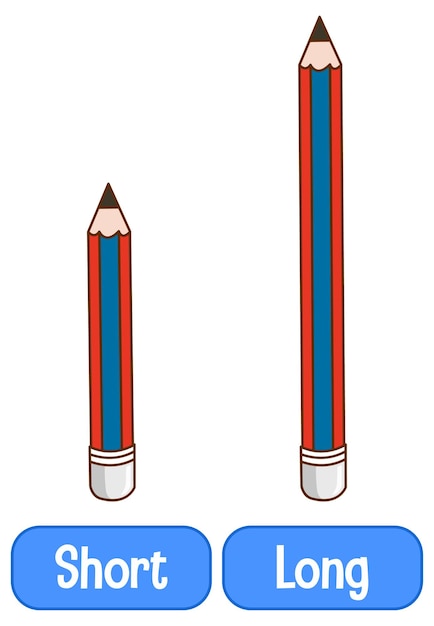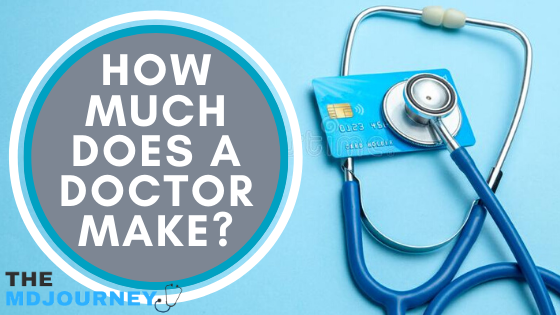How Long Dogs Can Safely Go Without Food: Timelines, Risks, and What to Do
Essential Answer: How long can a dog go without food?
Healthy adult dogs may survive roughly 3-5 days without eating if they have access to water, but you should contact a veterinarian if a dog refuses all food for 24-48 hours because risks rise quickly after that window [1] [2] [3] . Dogs tolerate fasting far worse when they are also not drinking; dehydration can become dangerous within 24 hours and may be life-threatening by about 72 hours without water [4] .
Why this matters and what the timelines really mean
Timeframes vary with size, age, health, and hydration. Some veterinarians and pet health resources note that although survival beyond 5 days has been reported, organ damage, muscle wasting, and complications can begin much sooner, which is why early intervention is recommended [2] [5] . Practical guidance from veterinary-backed sources advises owners not to “wait and see” beyond 24-48 hours of total food refusal, and to act earlier if other symptoms appear [3] [1] .
Key factors that change how long a dog can go without food
1) Hydration status
Water access is the most important determinant. Many dogs can physiologically go longer without food than without water; dehydration may cause signs within 24 hours and becomes an emergency as it approaches 72 hours without water [4] . Even mild dehydration reduces appetite and worsens outcomes, so always confirm your dog is drinking and urinating normally [4] .
2) Age and size
Puppies and toy breeds are at higher risk for hypoglycemia (dangerously low blood sugar) if they miss even one or two meals. Guidance for pet owners emphasizes calling a vet promptly if a puppy hasn’t eaten in 24 hours; small breeds can become symptomatic quickly due to faster metabolisms [3] . Adult dogs are generally more resilient but still should be evaluated if they refuse food for 24-48 hours, while senior dogs are more prone to dehydration and underlying disease, warranting faster escalation if appetite or thirst changes occur [3] .

Source: etsy.com
3) Health conditions and medications
Existing illnesses (e.g., diabetes, cancer, GI disease), recent surgery, pain, infections, or certain medications can reduce appetite and increase the dangers of fasting. Veterinary advice is to contact a clinic sooner when risk factors are present or when appetite loss coincides with vomiting, diarrhea, lethargy, collapse, or neurological signs [3] .
Action plan: What to do if your dog won’t eat
Step 1: Check hydration immediately
Ensure your dog has clean, fresh water available at all times and monitor for drinking. If your dog hasn’t drunk for ~24 hours or shows signs of dehydration (dry gums, lethargy, sunken eyes, skin tenting), contact a veterinarian or emergency clinic right away because dehydration escalates quickly toward danger by about 72 hours [4] .

Source: 7esl.com
Step 2: Try safe, short-term appetite prompts
If your dog is otherwise bright and drinking, you can try for a single day: warming food slightly, offering a bland diet temporarily, hand-feeding, or adding a small amount of palatable topper. However, do not mask serious symptoms or force-feed. If no improvement within 24-48 hours-or sooner for puppies, toy breeds, seniors, or sick dogs-seek veterinary care [1] [3] .
Step 3: Decide when to call your vet
- Immediately: refusal to drink, repeated vomiting, diarrhea with lethargy, weakness, collapse, neurological signs, or known high-risk conditions [3] [4] .
- Within 24 hours: puppies, toy breeds, seniors, pregnant or nursing dogs, or any dog with chronic disease who skips meals [3] .
- By 24-48 hours: any healthy adult dog that fully refuses food despite attempts to encourage eating [1] [3] .
Understanding the risks of prolonged fasting
After about five days without food, risks escalate sharply: the body begins to break down muscle for energy, metabolism shifts, and organs may be stressed, increasing the chance of complications or even death; some pet health resources caution that this window can be shorter depending on dehydration and comorbidities [5] [1] . Even when water is available, prolonged food refusal can cause weakness, immune suppression, GI changes, and worsened underlying disease, so veterinary evaluation is important before complications set in [2] .
Special scenarios: puppies, toy breeds, and seniors
Puppies
Puppies have higher energy demands and smaller reserves, making them far less tolerant of missed meals. Owner guidance recommends frequent feeding schedules and contacting a veterinarian if a puppy refuses food for up to 24 hours, especially if there are other symptoms. Some sources note very young puppies may need much more frequent feeding to avoid hypoglycemia, underscoring the need for prompt veterinary advice when appetite drops [1] [3] .
Toy breeds
Toy breeds like Chihuahuas and Yorkies are prone to low blood sugar if they skip meals. Signs can include tremors, confusion, lethargy, or even seizures, and warrant urgent assessment if food refusal persists or if signs appear [3] .
Senior dogs
Older dogs are more likely to have concurrent illness and become dehydrated faster. Appetite loss plus reduced water intake is an emergency for seniors and should prompt immediate veterinary consultation or an emergency visit [3] .
When a dog won’t eat solid food but will drink
Some dogs will drink water but refuse solid food. While water helps prevent dehydration, not eating for more than a day or two can still cause weakness and escalate risk over the next few days. Owner resources suggest that dogs may survive up to a week without solid food if hydrated, but the health costs mount and veterinary input should be sought early to identify and treat the cause rather than waiting for decline [5] [1] .
Step-by-step: How to get professional help fast
- Document the timeline. Note when your dog last ate and drank, portion sizes, and any vomiting, diarrhea, or behavior changes. This helps the clinic triage efficiently [3] .
- Call your primary veterinary clinic. Describe appetite changes, water intake, and red-flag symptoms. Ask for the earliest available appointment or tele-triage advice. If closed and your dog shows urgent signs (dehydration, lethargy, neurological signs), proceed to an emergency clinic [4] .
- Prepare for the visit. Bring a list of current medications, recent diet changes, treats, and any access to toxins or foreign objects. This accelerates diagnosis and treatment options [3] .
- Follow refeeding guidance. If your vet recommends a bland diet or gradual reintroduction, follow portion and frequency instructions carefully to reduce GI upset and avoid complications from sudden large meals after fasting [2] .
Practical prevention strategies
Stability reduces appetite slumps. Keep a consistent feeding schedule, avoid abrupt diet changes, and store food properly to preserve aroma and freshness. During stressful events (travel, boarding, new environments), consider gradual transitions and familiar feeding routines. If your dog is a picky eater, ask your veterinarian about safe toppers, dental or pain issues, or GI sensitivities that could be suppressing appetite [2] [1] .
Key takeaways
- Do not wait: contact a vet if a healthy adult dog refuses all food for 24-48 hours; sooner for puppies, toy breeds, seniors, or sick dogs [3] [1] .
- Hydration is critical; dehydration can become dangerous quickly and is an emergency if water intake stops or signs appear [4] .
- Prolonged fasting increases risks of muscle loss and organ stress; treat the cause, not just the appetite, with professional help [5] [2] .
References
[1] Petcube (2023). How Long Can Dogs Go Without Food & Water. [2] Raised Right Pets (2022). How Long Can A Dog Go Without Eating? A Vet Answers. [3] Rover (2024). How Long Can Dogs Go Without Eating? [4] Pets on Broadway Animal Hospital (2024). How long can a dog go without water? [5] Four Leaf Rover (2023). How Long Can A Dog Go Without Eating?
MORE FROM findworkpro.com




